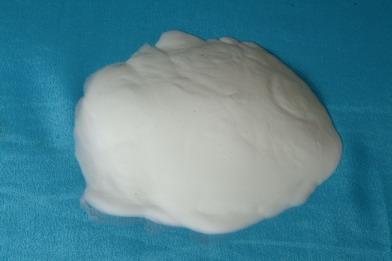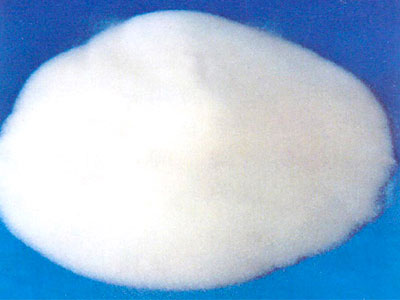Is organic chemical silica gel harmful to human body
One is silica gel, which will cause damage to the lungs. It can be avoided to pour silica gel or put on a mask when installing the column. The second is that the developer is an organic solvent, which is volatile, including petroleum ether, ethyl acetate, dichloromethane and methanol. When passing through the column, operate in the fume hood, and wear gloves when pouring solvent. Before passing the column, understand the substance and mobile phase you want to separate, and take proper protective measures: the quality of the substance to be separated should be a small amount, and it should be non-volatile substance, so you just need to wear gloves to ensure that it will not be absorbed into the body through the skin. The mobile phase is mostly volatile, so you can either do it in the fume hood or close it at the top of the column. In short, chemical experiments seem to be very dangerous, but as long as protective measures are taken, there will be no big problem.

If it's an optical isomer, try different solvents a little to see if they can be separated. If not, there are special instruments for the separation of optical isomers. Of course, some documents will also remember some special methods, such as recrystallization, separation of protective groups and so on. If the solubility of the sample is not good, look for a solvent with good solubility. You can also add liquid samples. Remember to use solvents with small polarity.

Generally speaking, to make the silica gel translucent is to try to exhaust the air in the column. If there is air in the column, the combination of silica gel and the substance to be separated is not good, and the separation efficiency is reduced. More importantly, because the air in silica gel will cause the change of eluent flow rate, the chromatographic band is easy to widen. Therefore, it is necessary to exhaust the air in the silica gel column before sampling.

